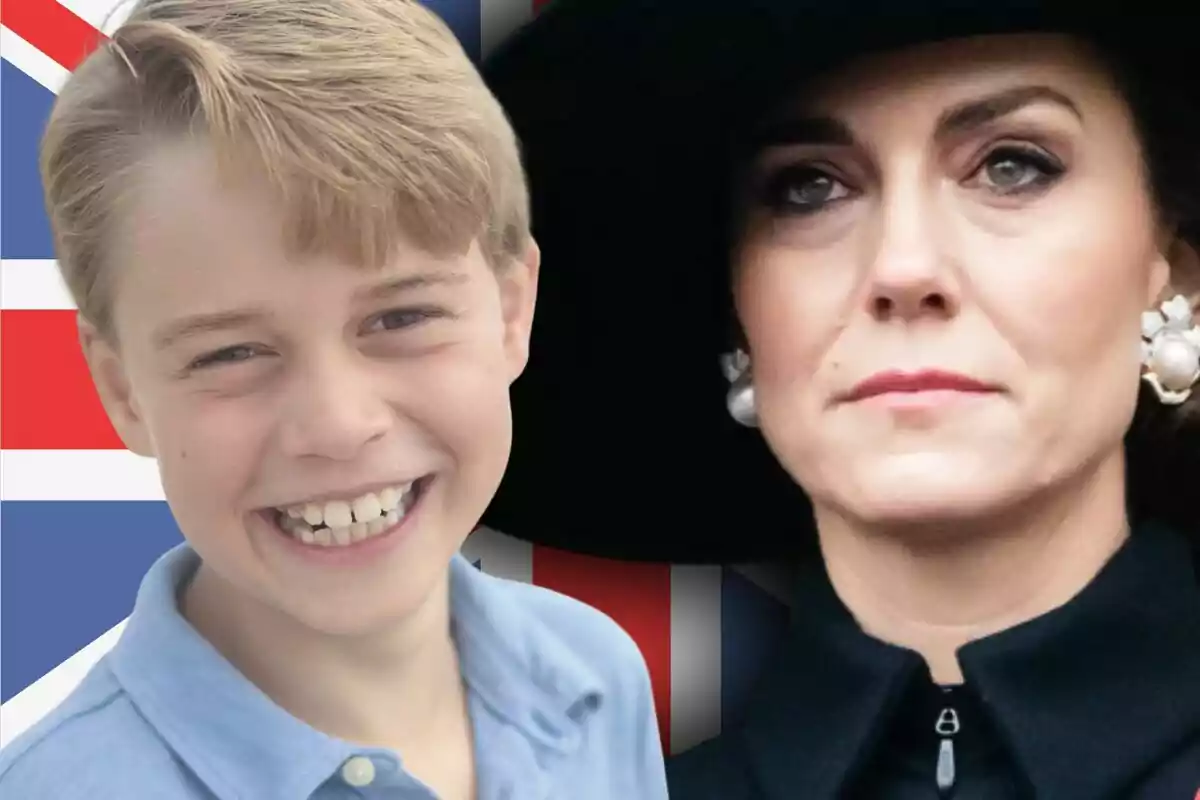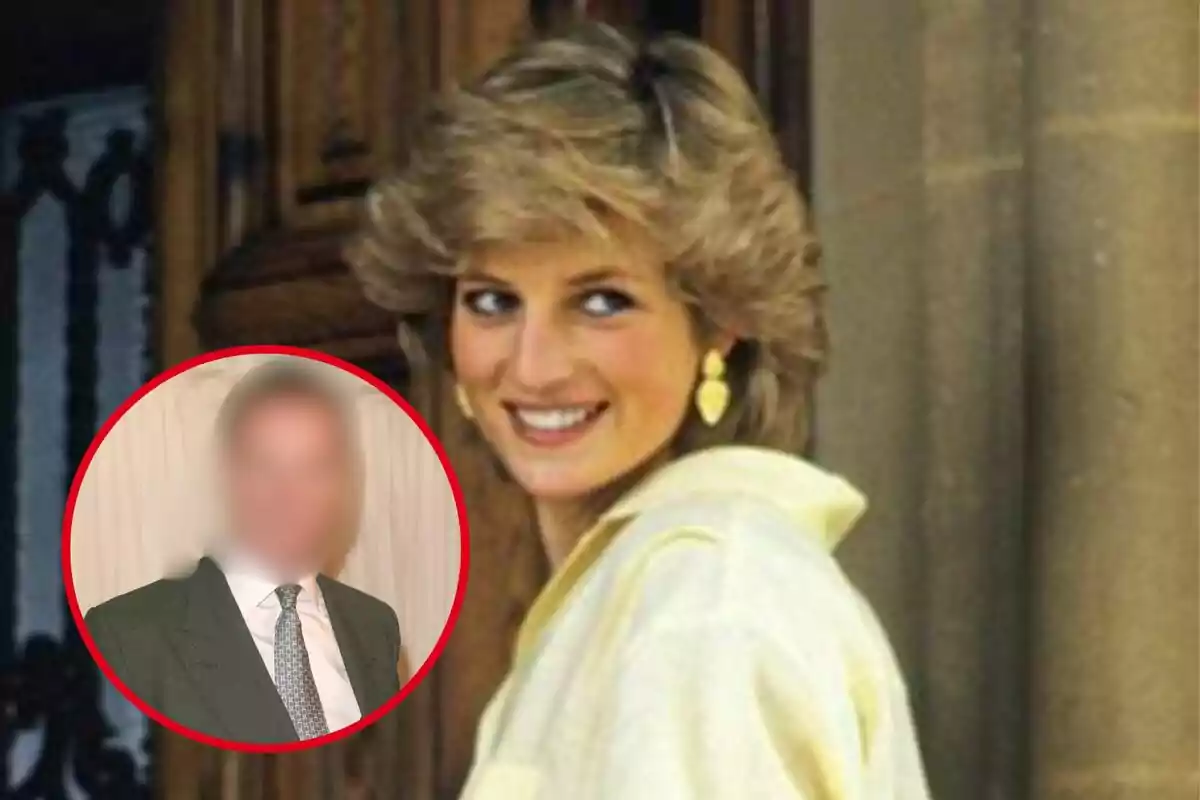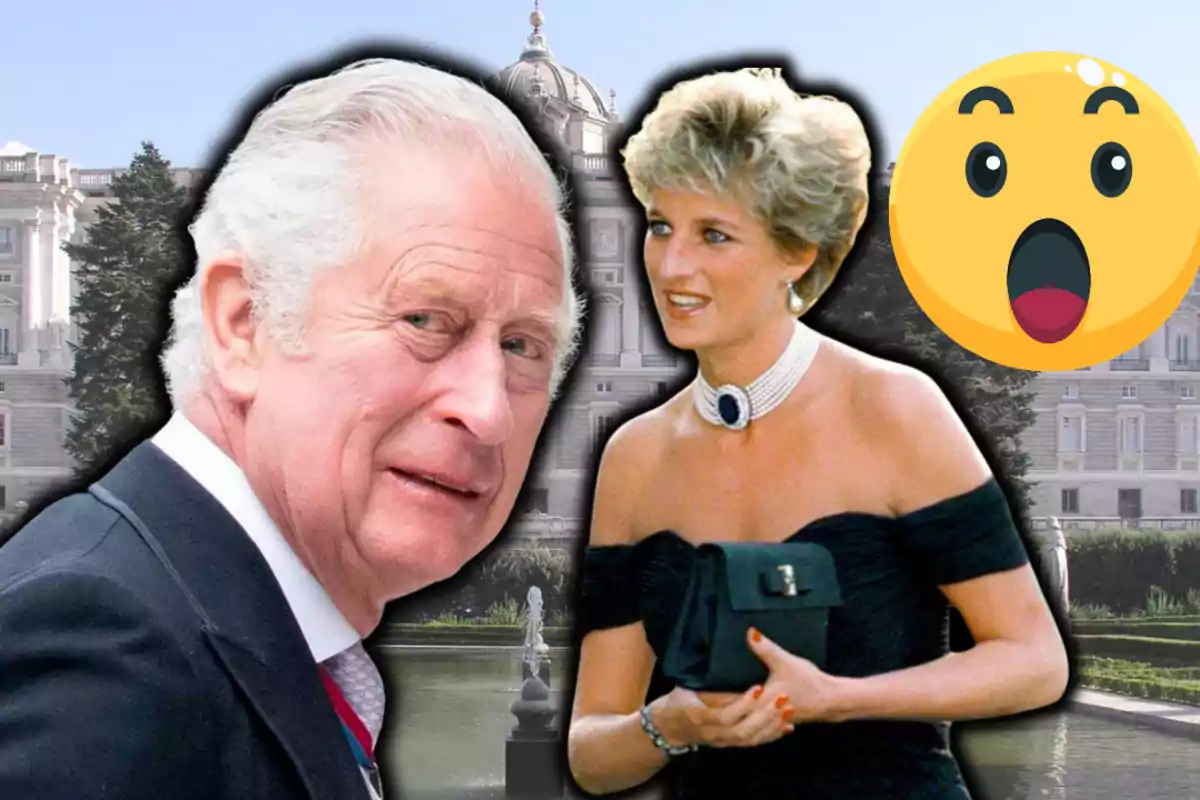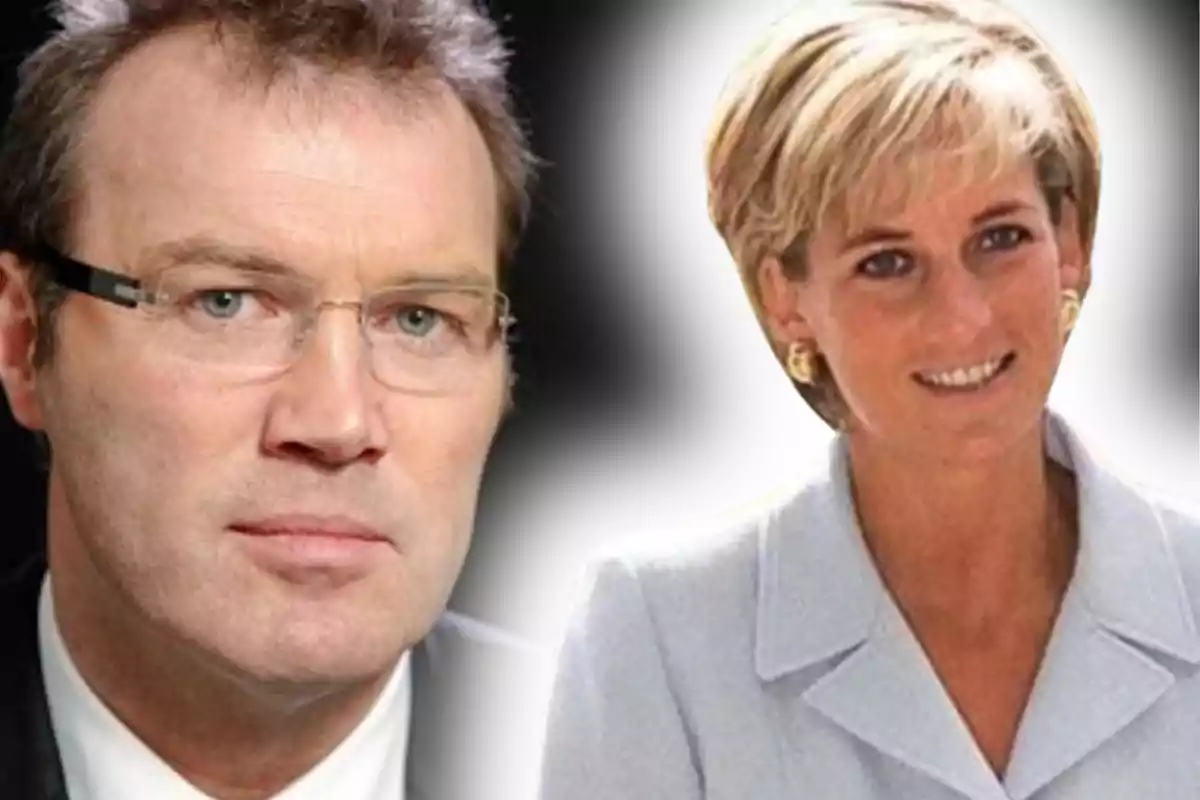The story of Diana of Wales still beats like a wound that won't heal. Three decades later, her biographer speaks again and the echo is uncomfortable for the British Crown.
Andrew Morton—often mistakenly cited as "Norton"—brings new nuances to what the Royal Family tried to hide. He does so with the calm of someone who was inside the secret.
Morton returns to the spotlight and justifies Diana's mistrust
In a recent interview, Morton sums up the princess's feelings with a phrase that explains everything: "she had every reason to be paranoid." It's not a dramatic effect: it's the diagnosis of someone who listened, classified, and published Kensington's B side when almost no one dared.

The reaction on social media has been immediate, with Madame Figaro's post reigniting the debate about the opacity of "The Firm."
The tapes, Colthurst and the 'Clark Kent' who drew back the curtains
Morton recalls how the dossier that would forever change the narrative was put together. Diana didn't sit in front of him; she answered questions in recordings that her friend, Dr. James Colthurst, delivered to the journalist on cassettes.
That clandestine logistics—courier, headphones, and activist caution—is what The Crown later portrayed, with Morton as a consultant for that season. In the British press, they already called him "Clark Kent," and not just because of the glasses. The messy office, calls from phone booths, and the constant feeling of being watched are part of that high-tension story.

People have always said that Morton was imposing because of his height and presence. It wasn't a literary device: he is 6 ft. 4 in. (1.93 meters) tall and, along with his huge glasses, fit perfectly with the nickname of shy superhero that was given to him in the newsroom. Small details, yes, but revealing of a climate in which discretion was a matter of survival.
What Diana revealed and why it still hurts at the palace
The 1992 book (Diana: Her True Story) laid bare the marriage with then Prince Charles and put words to what until then were whispers: bulimia, isolation, and an impossible relationship with Camilla. That public confession changed the perception of the princess and pushed the marital crisis to the point of no return. It wasn't a whim, but an attempt to regain control of her own story.
Morton himself has explained that the procedure with the tapes—questions, recorded answers, and delivery through Colthurst—was a strict security pact.

There was no improvisation, but method. When the cultural phenomenon revisits the case, it's worth remembering: it wasn't a random leak, but a meticulous operation against a system that suffocated her.
Reactions, official silence and an uncomfortable mirror for all monarchies
From Buckingham, silence. There are no denials or clarifications, just the old tactic of letting the storm pass. On social media, however, the verdict is clear: those who revere Lady Di find confirmation, and defenders of the institution once again use "paranoia" as a label to discredit. The pattern is familiar in any royal house that prefers myth to scrutiny.
It also sounds familiar here: courtly idealization, pacts of silence, and an allergy to transparency have been trademarks in more than one European Crown, especially the Spanish one, so averse to the light.

